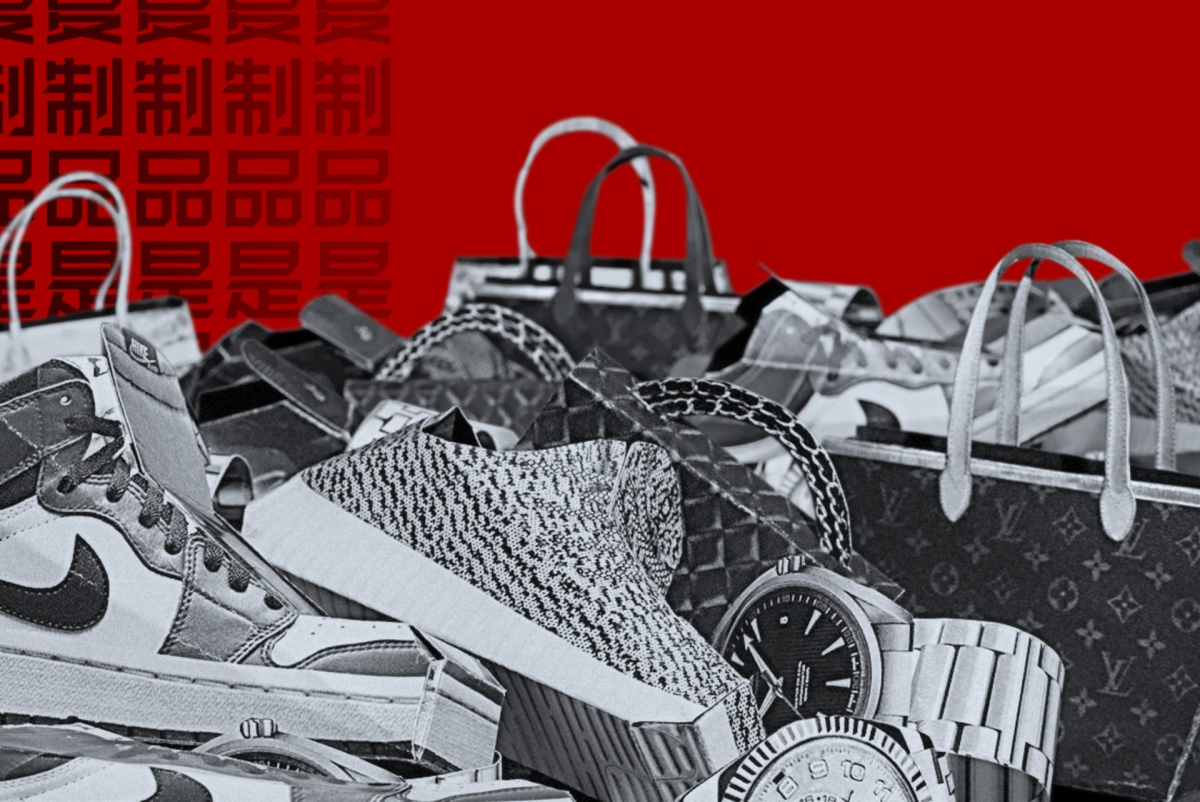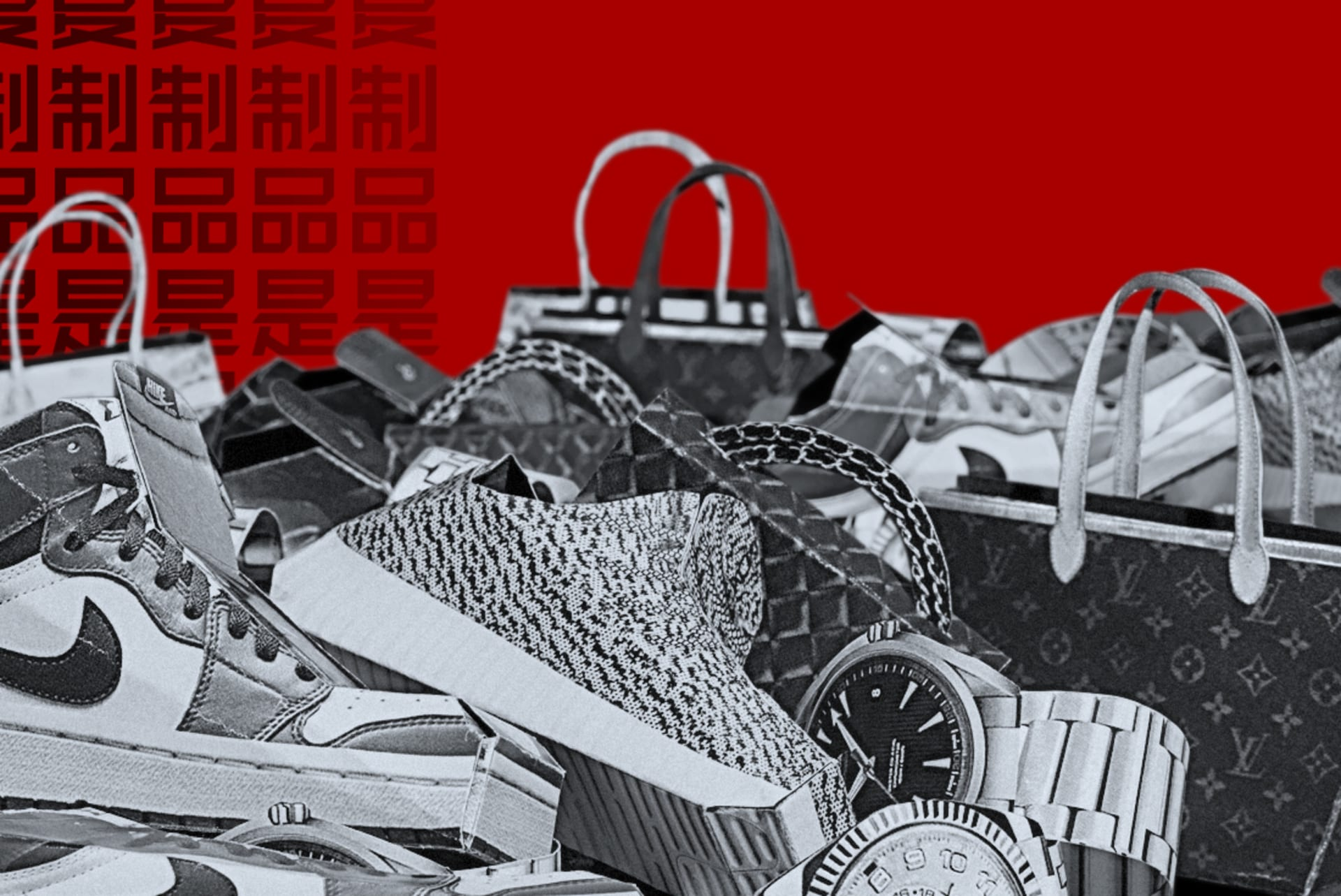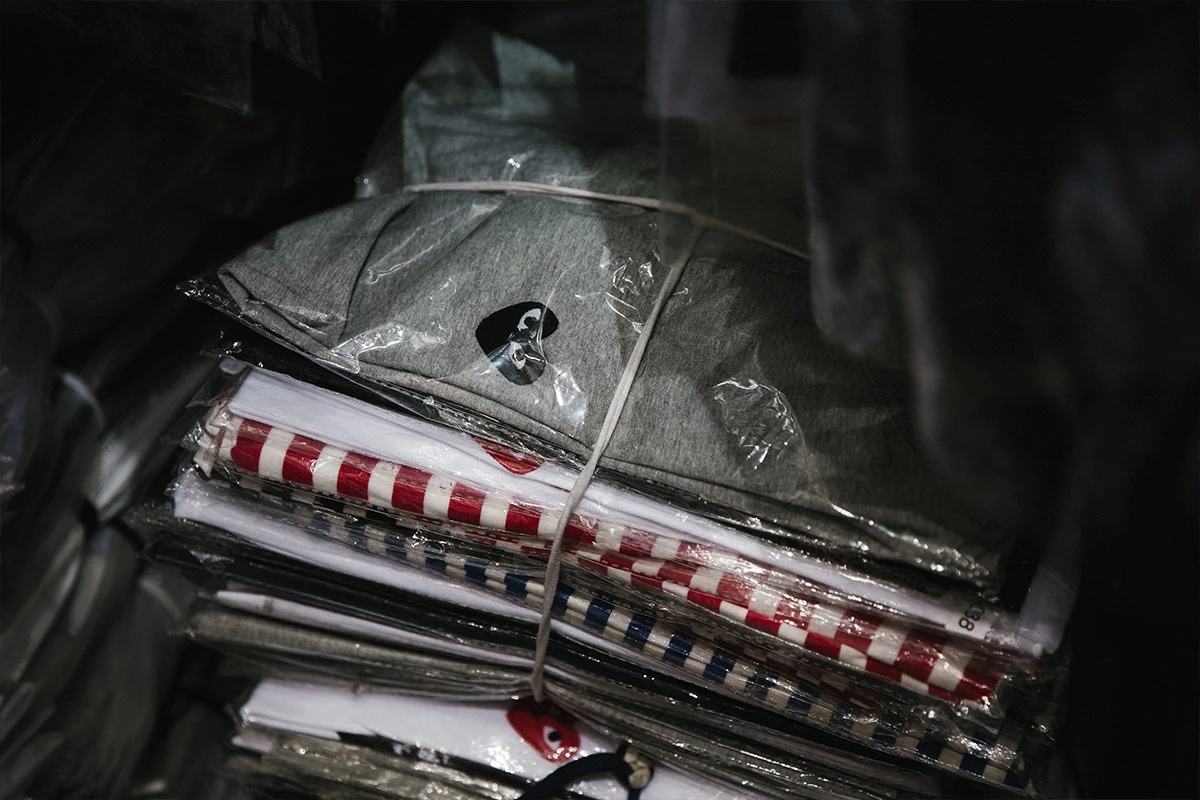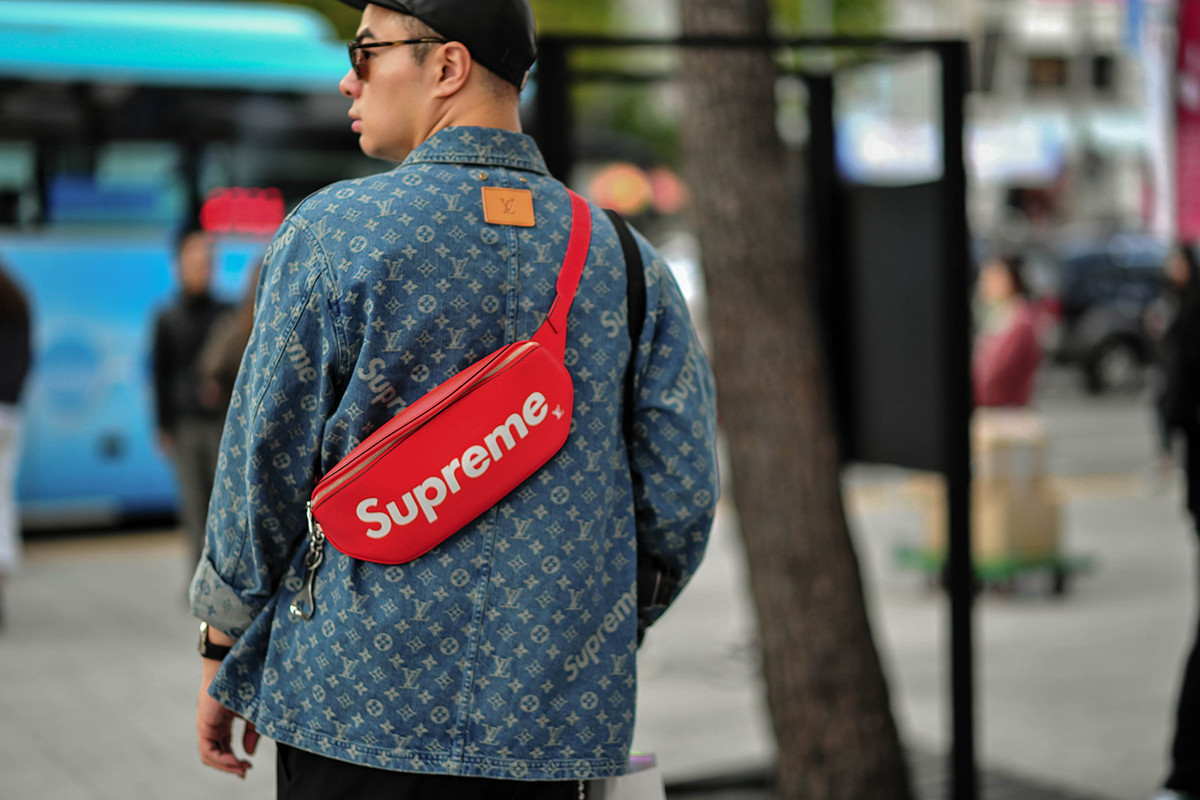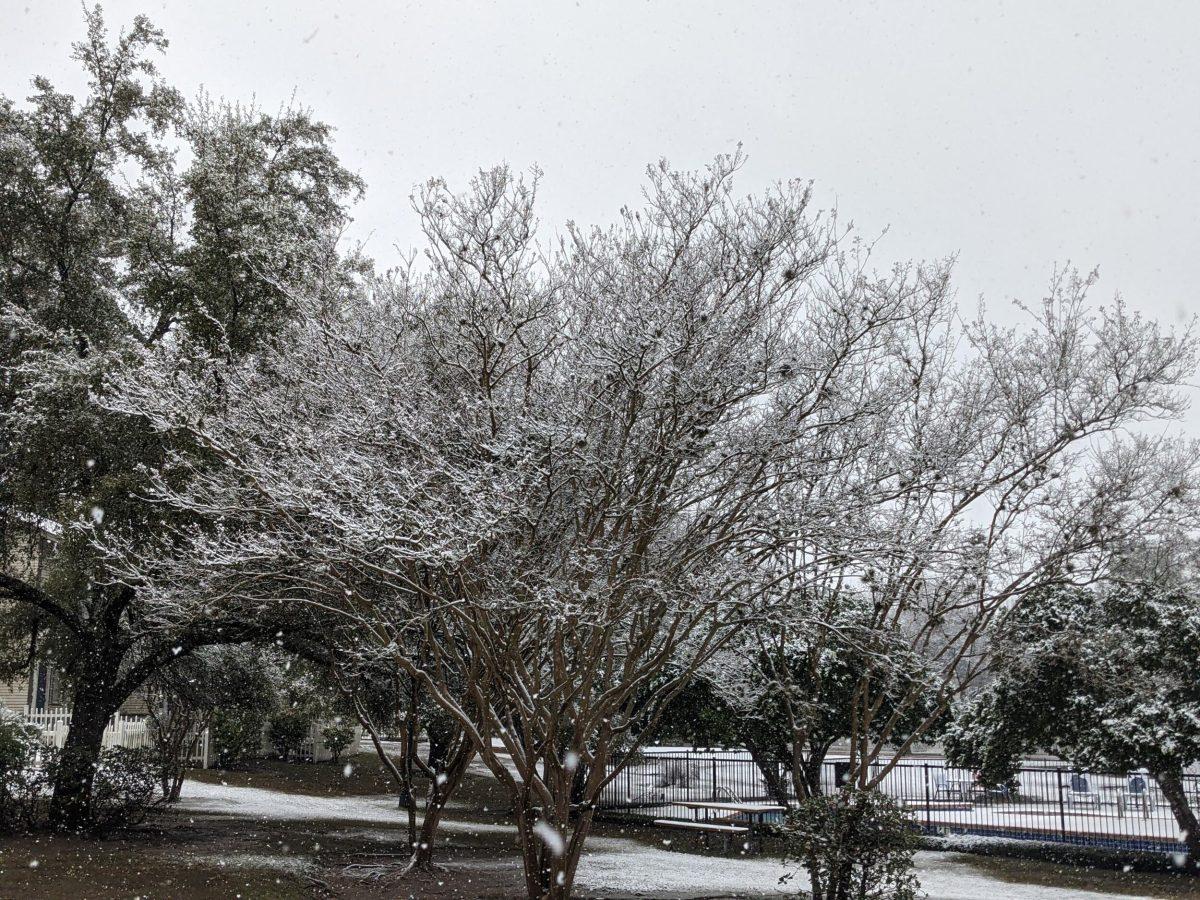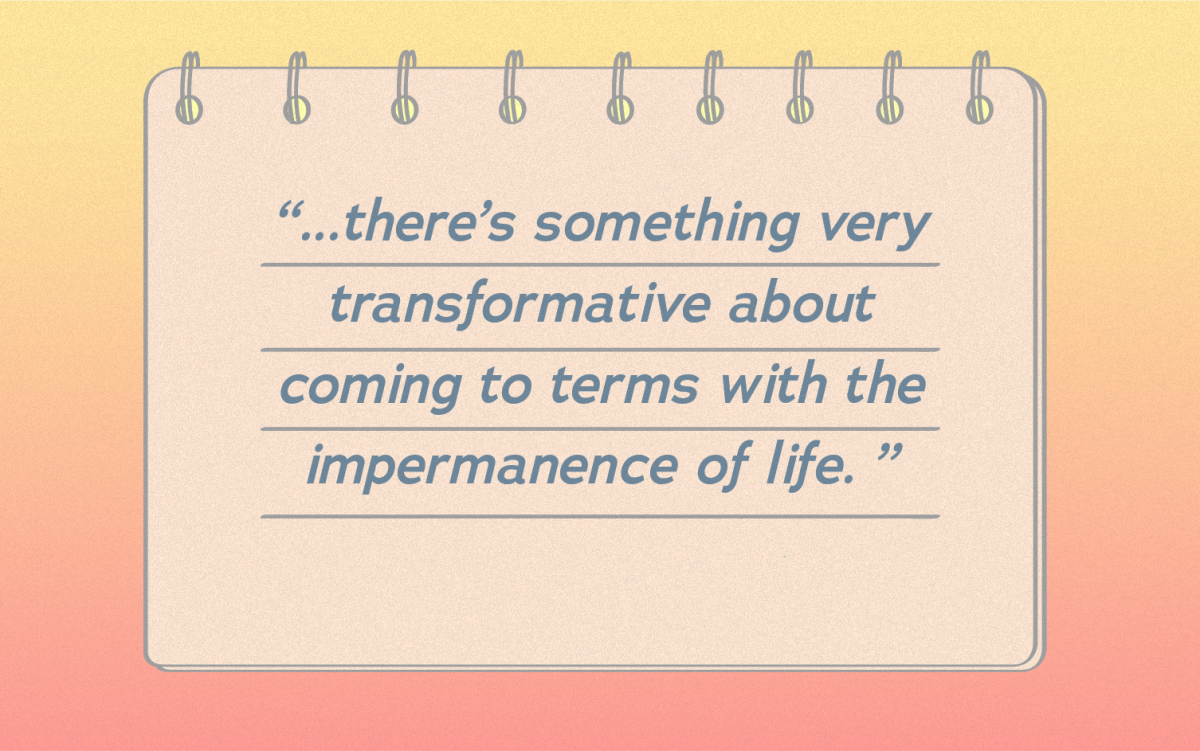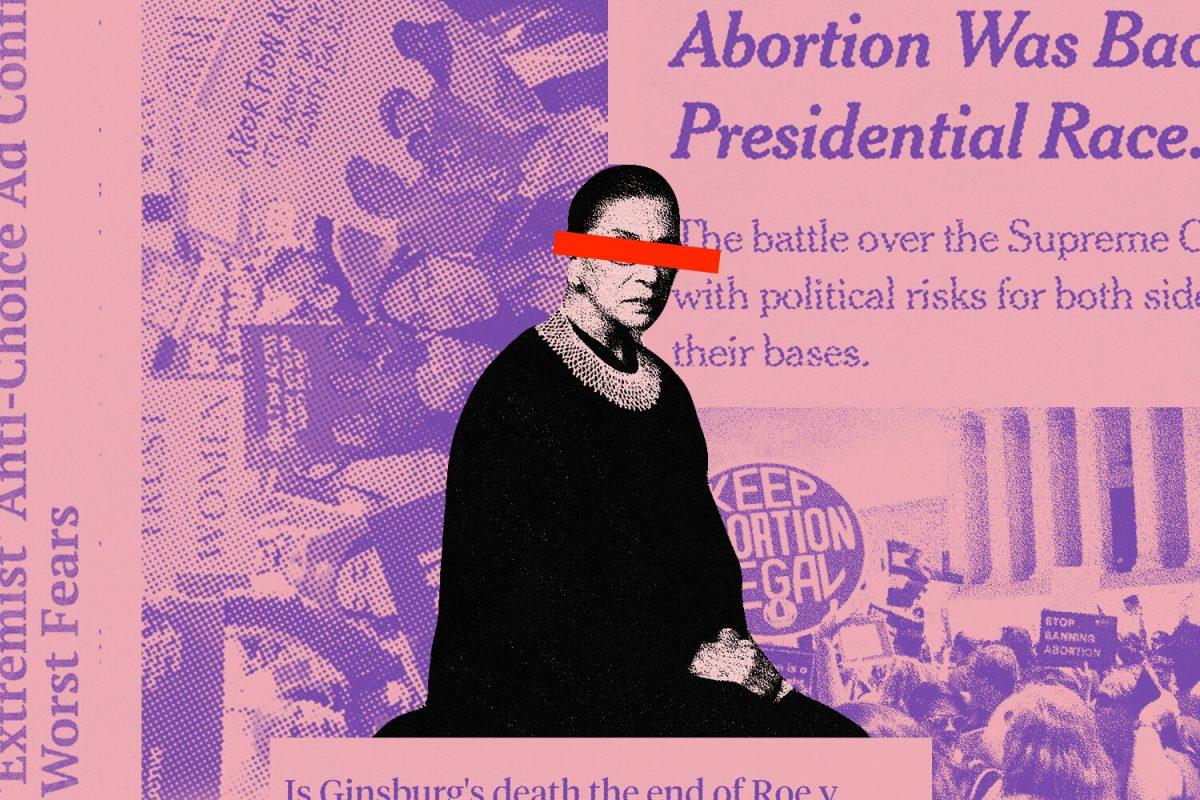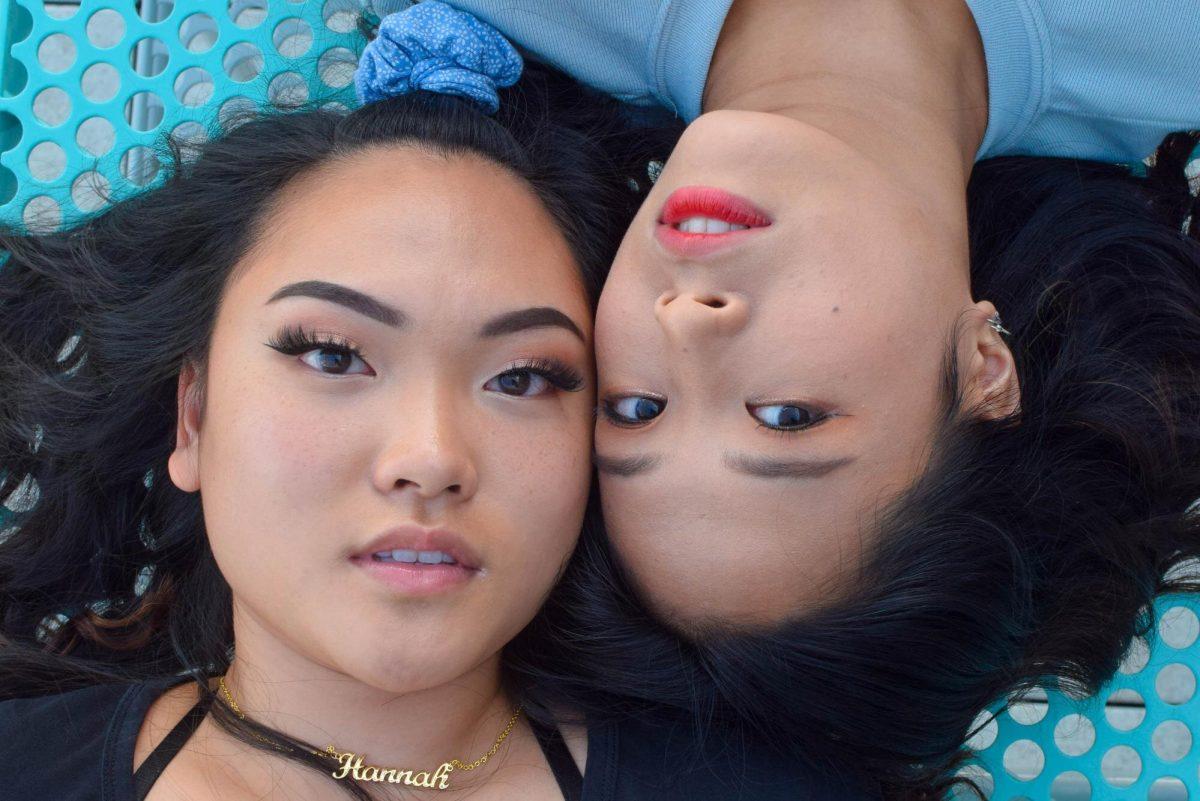South Korean street fashion has evolved tremendously over time. Unlike the war-stricken climate experienced by older generations, South Korea’s current youth grew up in an era of economic development and affluence. K-dramas, K-beauty and K-pop have been exported all around the world, establishing a unique exchange of culture between South Korea and the United States.
Story by Bailey Cho // @baileyhcho
Photo courtesy of Complex
This exchange is particularly unique to Southeast Asian countries like Korea because ‘international’ products are considered special commodities. In many Asian countries, counterfeit culture runs rampant to meet the needs of this fashion exchange. Access to unique brands represents a symbol of status, but most Asian consumers do not want products to look “rich”. In an area with the fastest internet speeds in the world, South Korea’s online community drives a clothing-obsessed consumer culture, where celebrities are often idolized. Asian celebrities are constantly sporting American streetwear and European designers that are not easily accessible to the general population. This creates demand for pieces that are unaffordable or simply unattainable.
From Seoul Fashion Week to paparazzi photos of celebs, South Koreans’ constant, saturated exposure to high fashion trends online creates demand for the latest “hype” releases. Brands like Vetements, Off-White and Supreme are highly sought after, but most consumers are not willing to pay their hefty price tags. This is where counterfeit products come into play. People like to follow trends and purchase duplicates to achieve a look they cannot afford. However, South Korea has a surplus of counterfeit products, unmatched compared to any other part of the world.
I visited the Hongdae region in Seoul, South Korea back in the summer of 2017, and I witnessed firsthand the counterfeit Palace, Fear of God and Yeezy pieces that flood every street shop. In the United States, the occasional counterfeit handbags sell in the streets of New York or Los Angeles, but the quantity is limited, and sellers often face police backlash. So, why is counterfeit culture so dramatically widespread in South Korea?
Photo courtesy of Highsnobiety
Photo courtesy of Hypebeast
Americans enjoy easy access to ‘hype’ products from brands like Supreme and Champion, but these brands do not sell directly to Southeast Asian countries like Korea. A South Korean seeking a Supreme box hoodie would need to purchase it from exporters in Japan, tripling its retail value. As long as producers are creating cheap duplicates that save consumers hundreds of dollars, Asian customers will continue to purchase them without concern over the ethics of the counterfeit business. Brands like Nike and Adidas have official factories in Asian countries, so counterfeit producers easily find the same materials and employees as legitimate factories. These producers also acquire products before their release dates through under-the-table practices, allowing them to deconstruct original products and create accurate counterfeits.
In turn, brands do not want to sell in countries like South Korea because, to say the least, the local counterfeit business is booming. An unending cycle of consumers purchasing fake products due to restricted access in their native countries perpetuates the resistance of high fashion streetwear brands opening stores that might meet such consumer demands.































